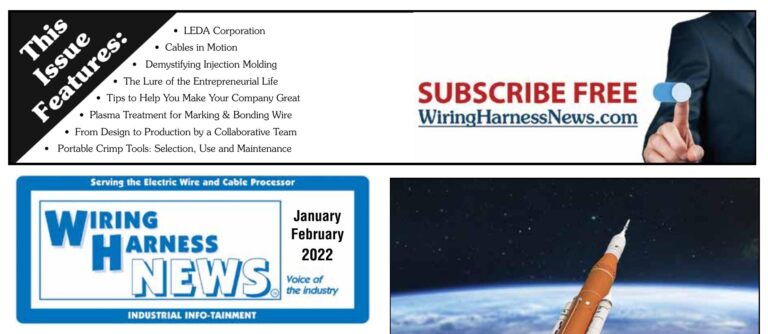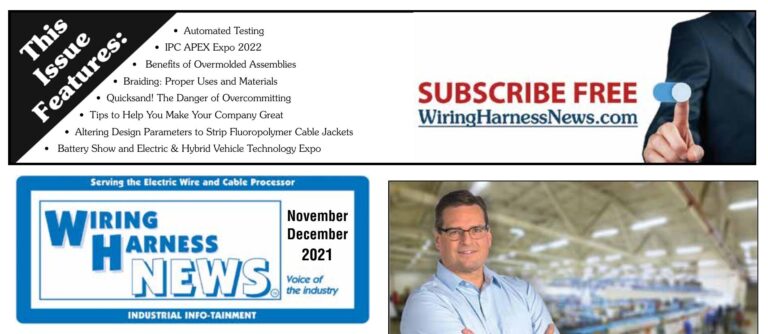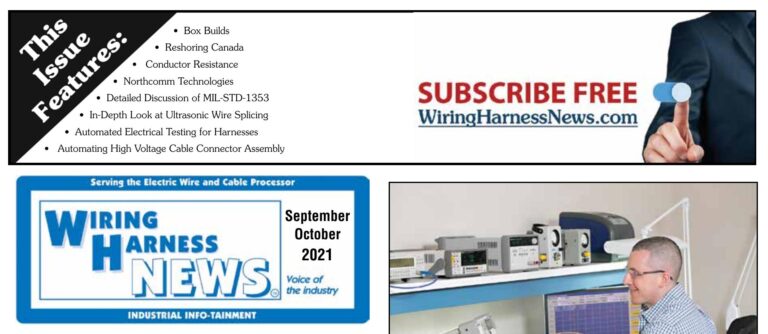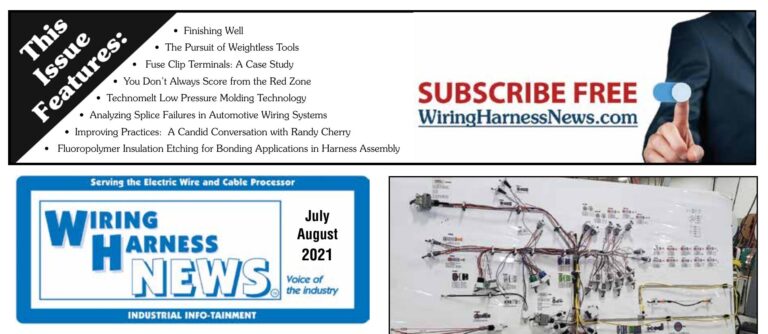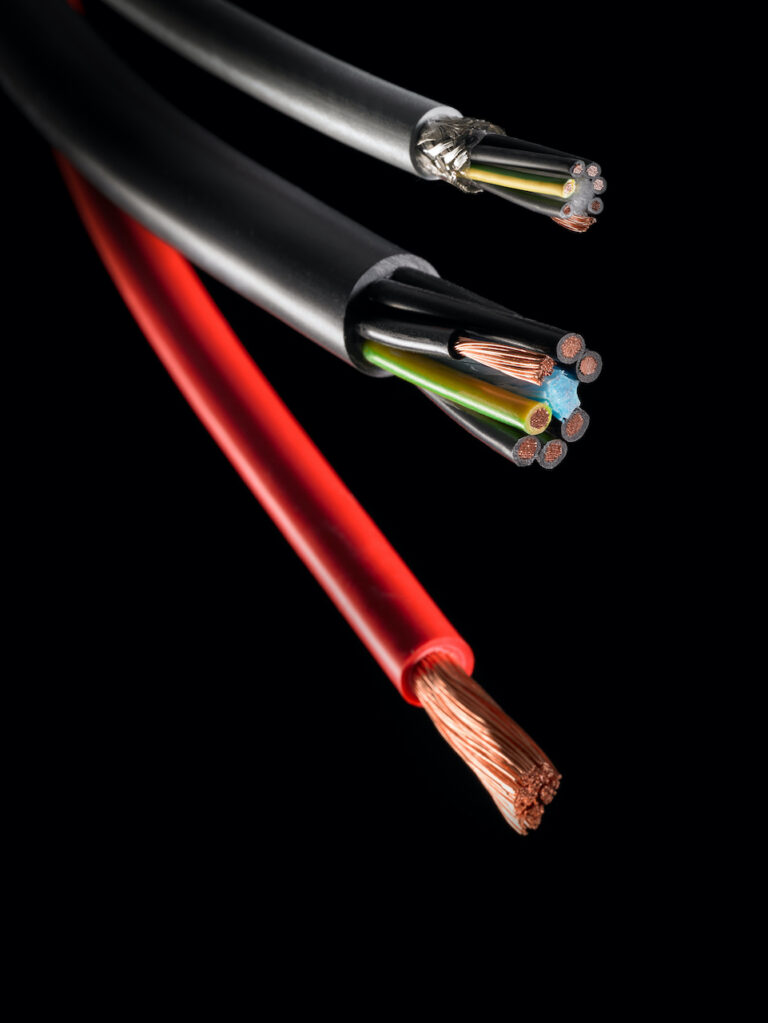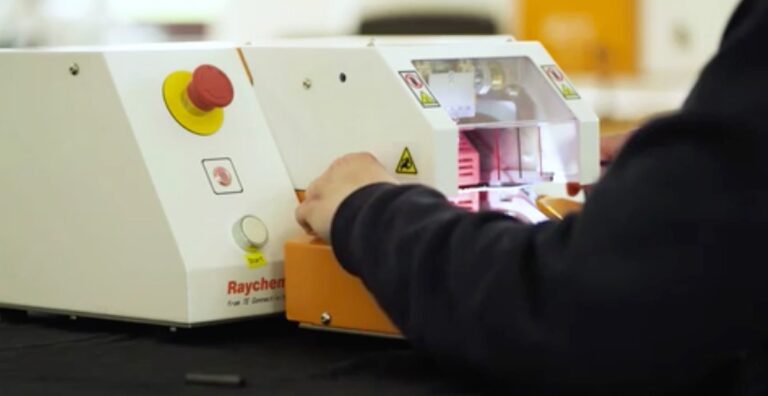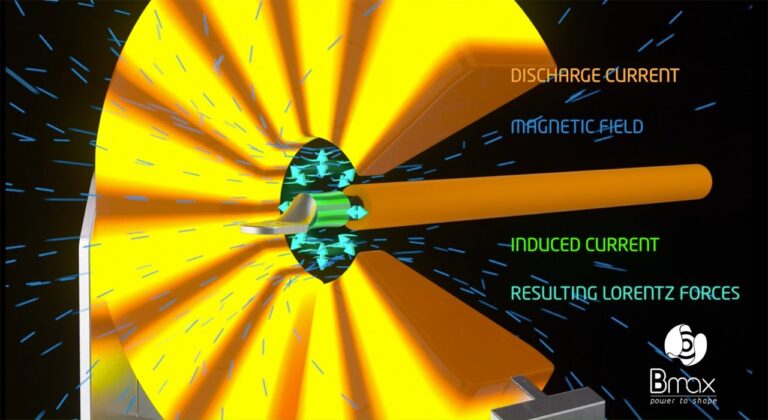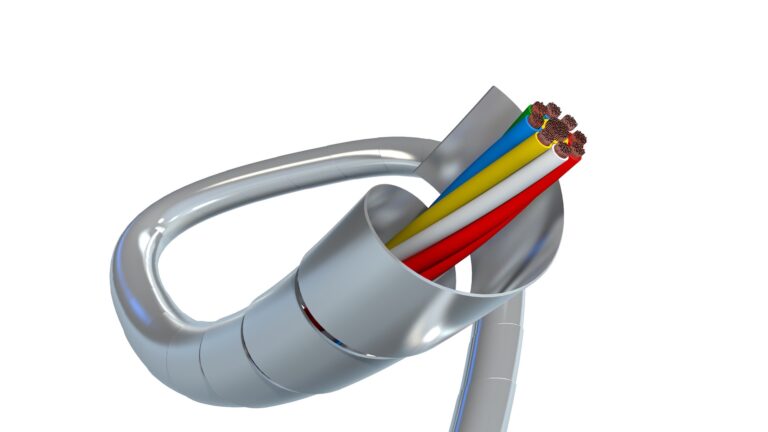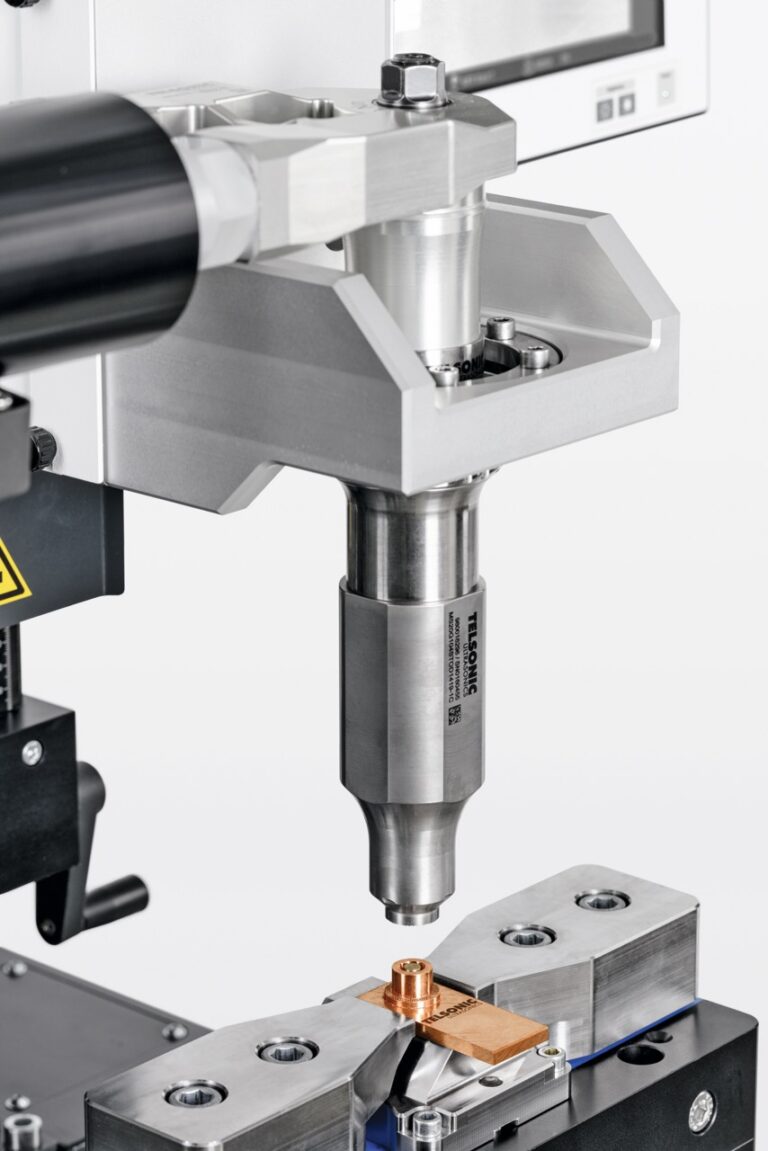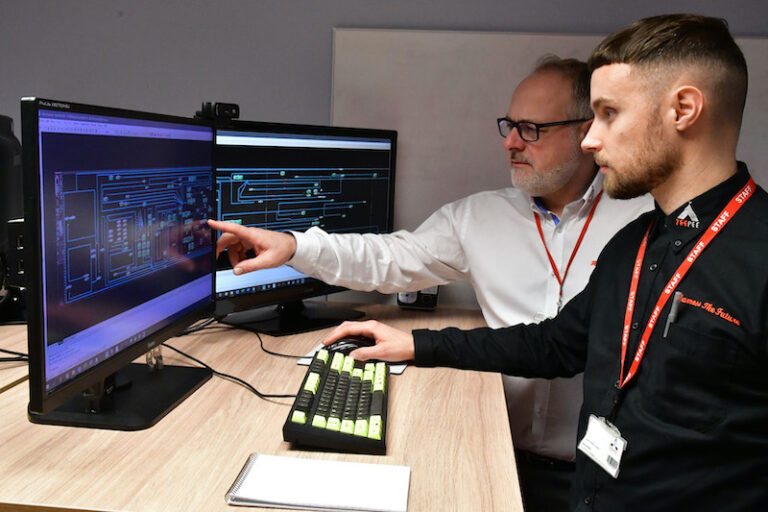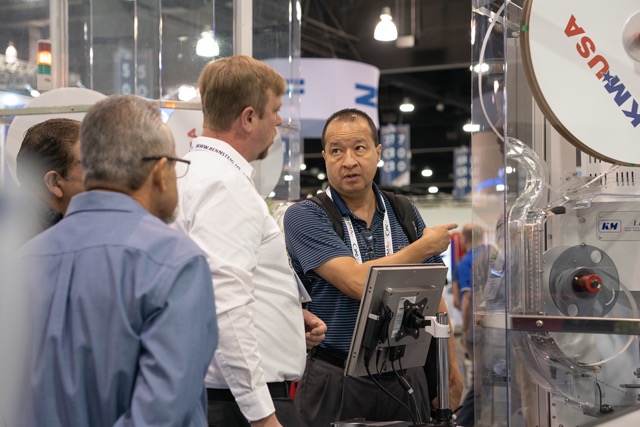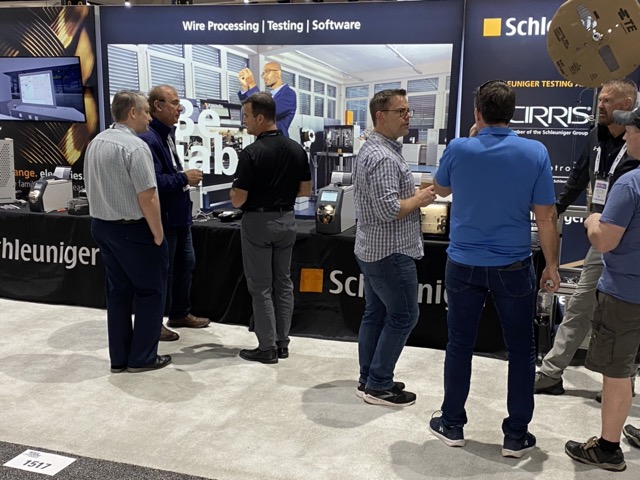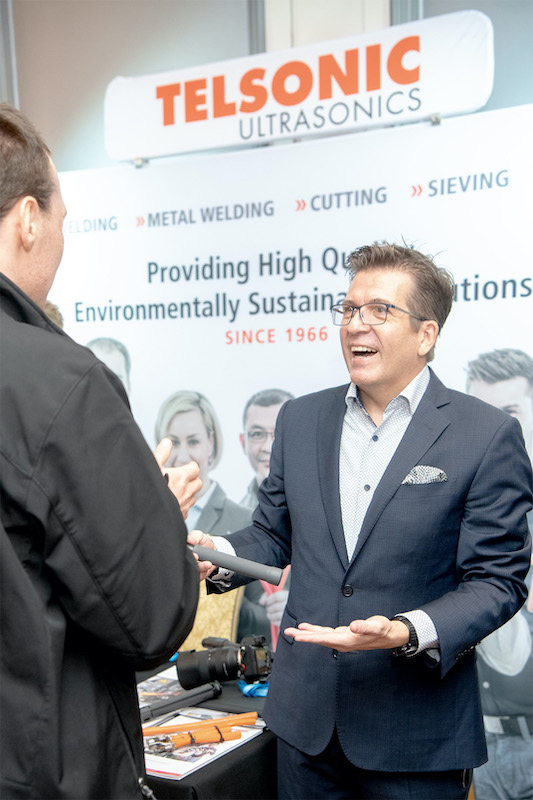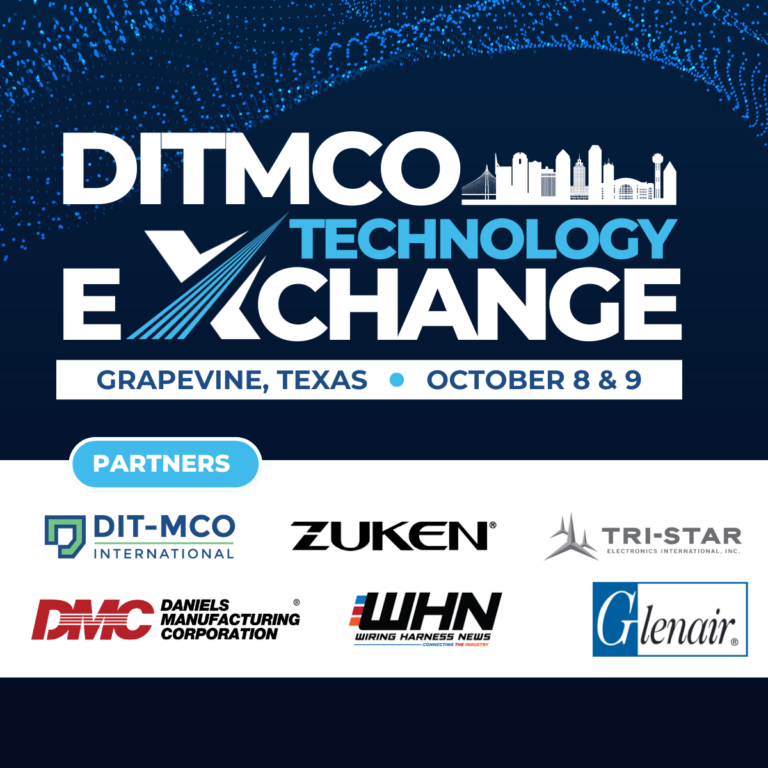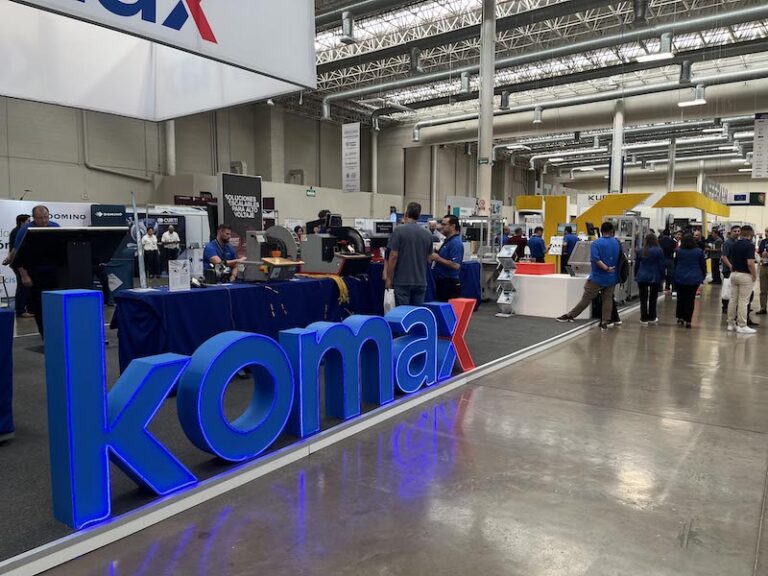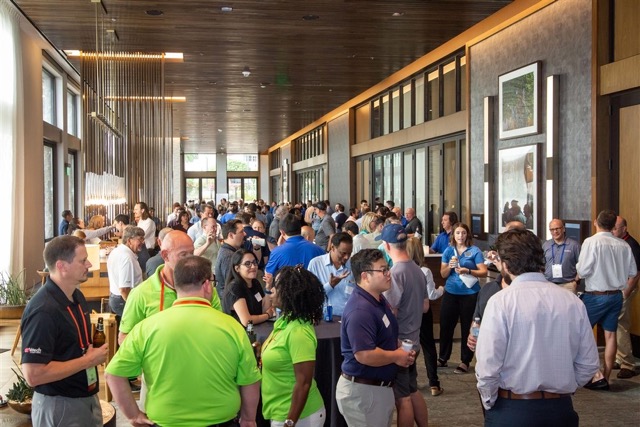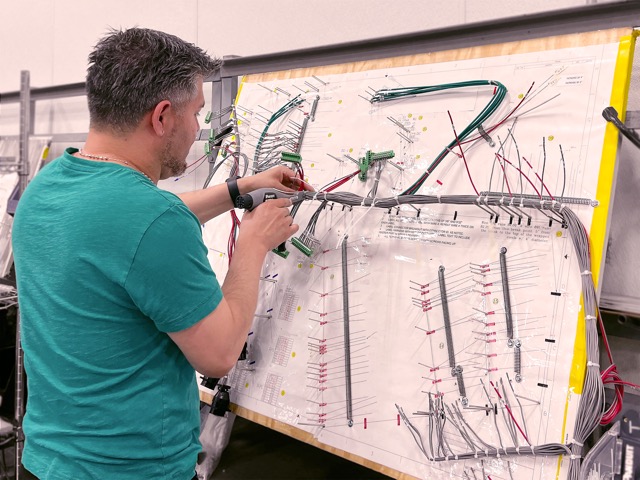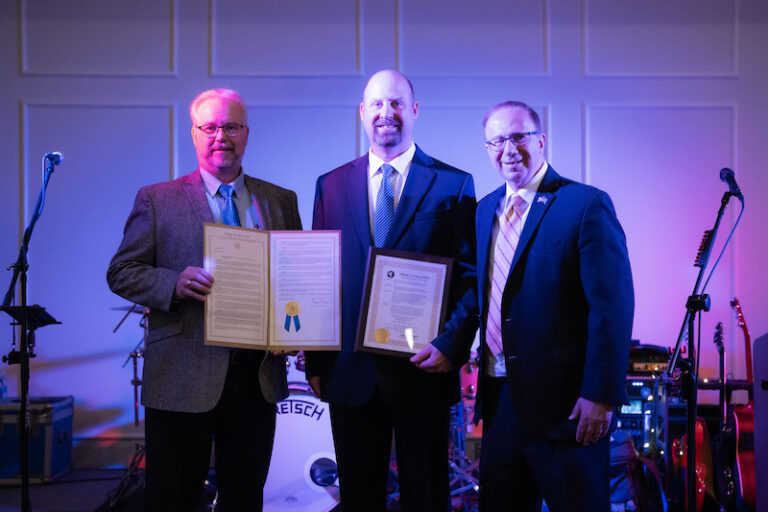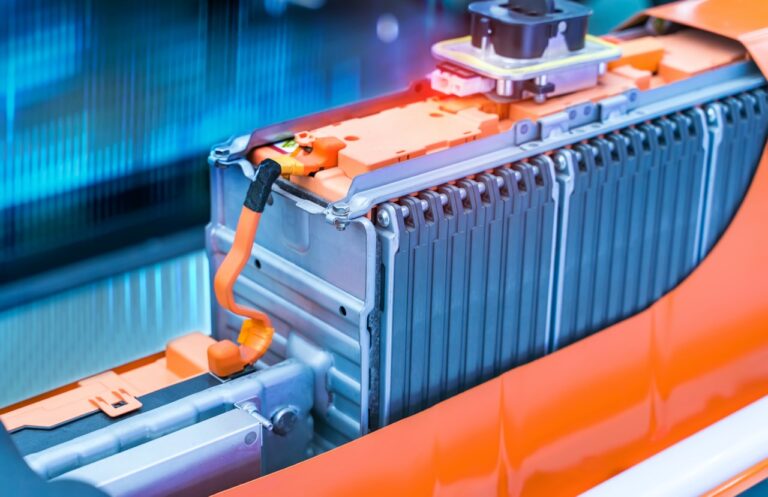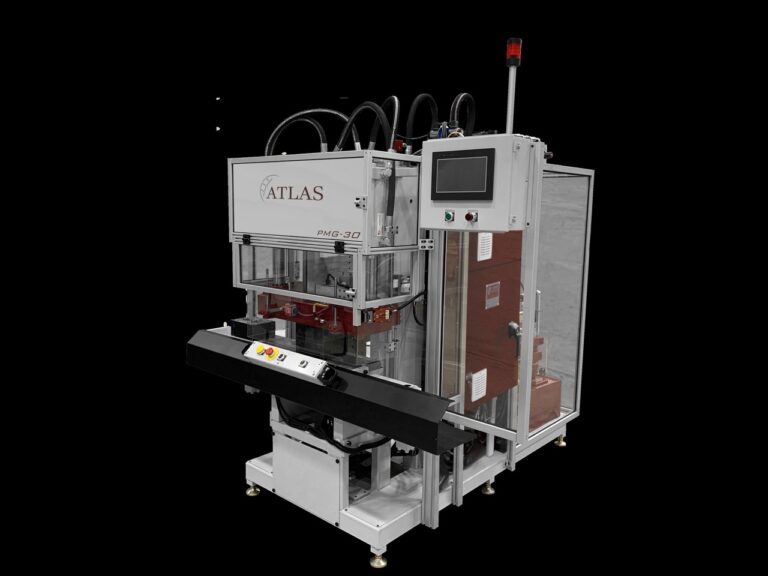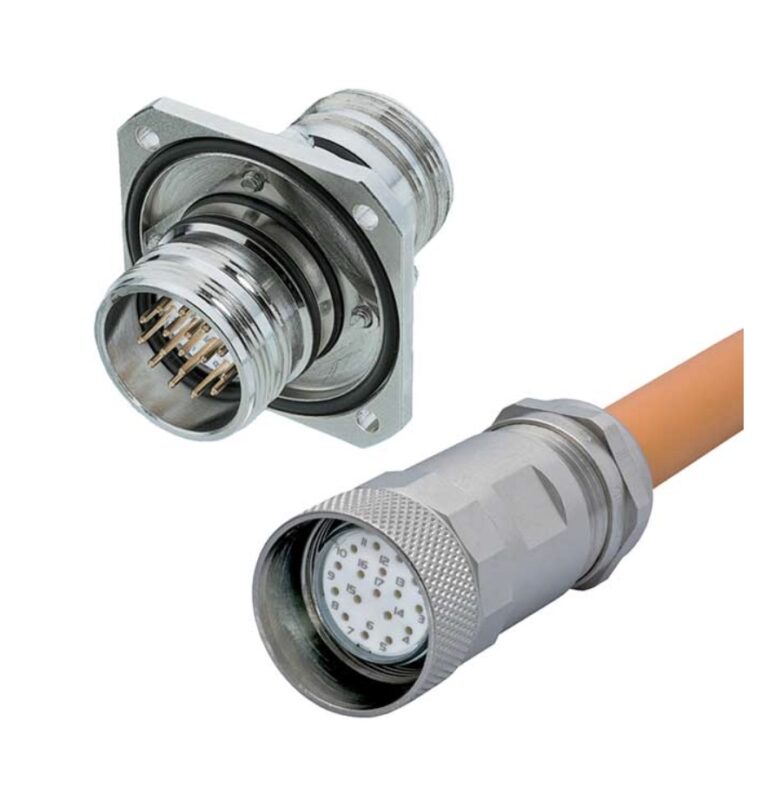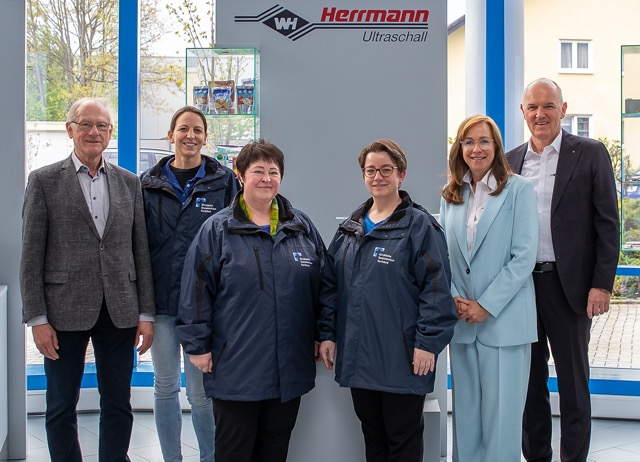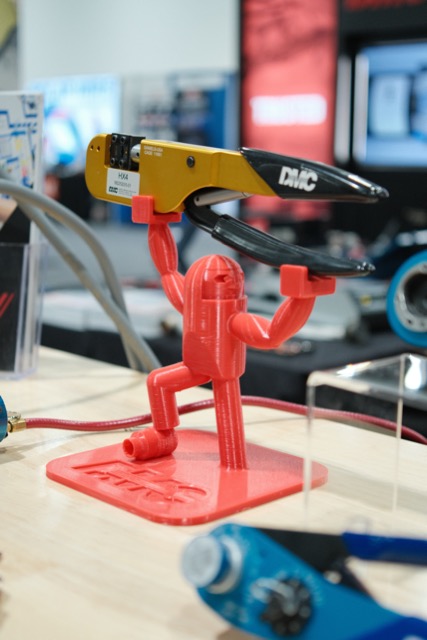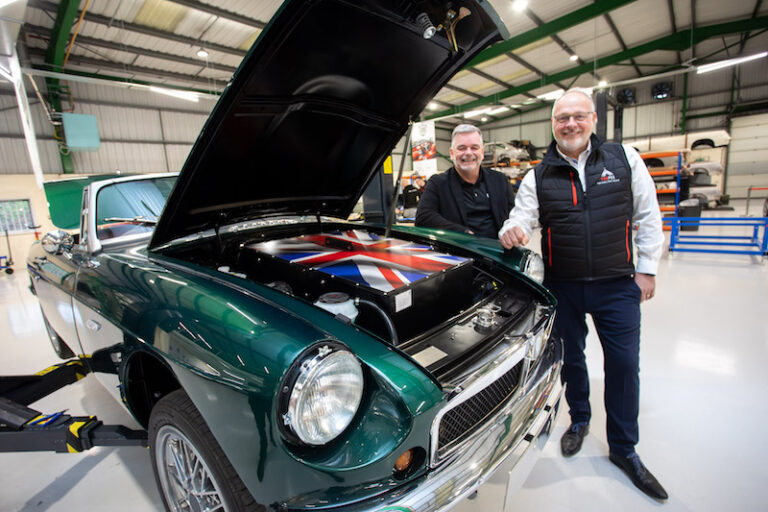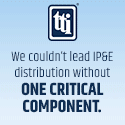We were introduced to Cesar Madrueno, founder and President of Golden State Assembly (“GSA”), by Max Keenoy, Vice President of Auxo Investment Partners. Auxo specializes in investing in founder- and family-owned manufacturing businesses. We have been tracking Auxo in WHN since we ran into Max at the WHMA Conference. Over the past few years, they have assembled an impressive array of harness manufacturers under the GSA umbrella. Max assured me Cesar would be a fascinating interview and he wasn’t wrong. I think what makes this profile stand out is how Cesar’s background and business philosophy has shaped his success. I think you will find his story fascinating.
“My background is computer science,” Cesar began, “I came to the United states at the age of 19 with the idea of continuing my studies while working in that field. But when I got here, my first job was working on cable harnesses.” He started in quality control and about 90% of the cables were for a single customer in the computer business.
Cesar moved to another harness manufacturer and, not long after, in 1999, he also began working for Agilent Technologies, a biotech firm producing DNA lab technology. He worked for the harness manufacturer on day shift and did the night shift at Agilent, holding both jobs for 14 years! “My job at Agilent was to program the machine to the sequence the customer requested. They had every single process and quality training specification defined. To me that was very interesting and that’s when I started to understand the importance of having good processes, and how important it is to eliminate waste,” he explained.
Taking advantage of Agilent’s rigorous training opportunities, Cesar took over 200 courses on quality and process control led by the leading scientists in the industry. “I called it my university,” he joked. He tried to put these ideas in practice at the harness company. Even though he was eventually running the company day-to-day, he didn’t have the decision-making power to introduce changes that the business needed like cross training and equipment acquisition. “It was very frustrating, and my wife and I talked over and over about starting a business. She said, ‘Well, if you know how to do things better, we should give it a shot and start a company.’”
A friend of Cesar’s had gone to work for a company in the power management industry and told Cesar that if he went out on his own, he would give him the opportunity to quote a couple designs. That was all the encouragement he needed, so with $5,000 in the bank they started GSA. “We got our business license before we even had our first facility. We landed our first two orders, one for $10,000 and another for $22,000 and we moved our dining room table into the garage to build our first articles.” The customer was happy with the quality and buyers working on other projects began to take notice. They contacted GSA with new orders which prompted the move to their first 850 ft.² facility with three team members. “We started putting into practice what I had learned at Agilent Technologies. The basic concepts of the processes were the same. Instead of DNA, CTA and glass, you had cables, connectors and crimps. We just relabeled the components,” Cesar recalled.
Constrained by their size in those early days, GSA quickly developed the mindset that they had to do things differently. Since they couldn’t take advantage of the buying power of a larger company, they had to become more competitive with their labor. And since they were limited by facility size, they were forced to build things fast and get them out the door. Cesar credits these constraints for their success. “If we’d had all the money and all the square footage, I think we would have lost the mindset to be creative and deliver to the customer in order to win more projects. I think it’s the biggest part of what has helped us to this day.”
Since those early days, that constraint culture has forced GSA to find ways to do things better. Even today, without facing the same space and financial constraints, the company stresses efficiency. Every single employee at GSA is constantly trying to figure out better ways to execute each task. In fact, they are evaluated on a six-month basis in terms of how they are improving processes.
As an example, a customer may approach GSA with a harness that takes three hours to build. Instead of trying to achieve 10% or 20% in labor savings, Cesar will challenge his team to reduce the build time to 20 minutes. “And that can be accomplished by anything from a ‘big’ innovation, like a piece of equipment, to a ‘small’ innovation, like laying out a board differently. The team may not hit the 20-minute build time goal, but they often turn a three-hour build into a 40-minute build, which makes them very competitive.” It’s that type of culture that has made GSA so successful, especially in a place like Silicon Valley that values innovation.
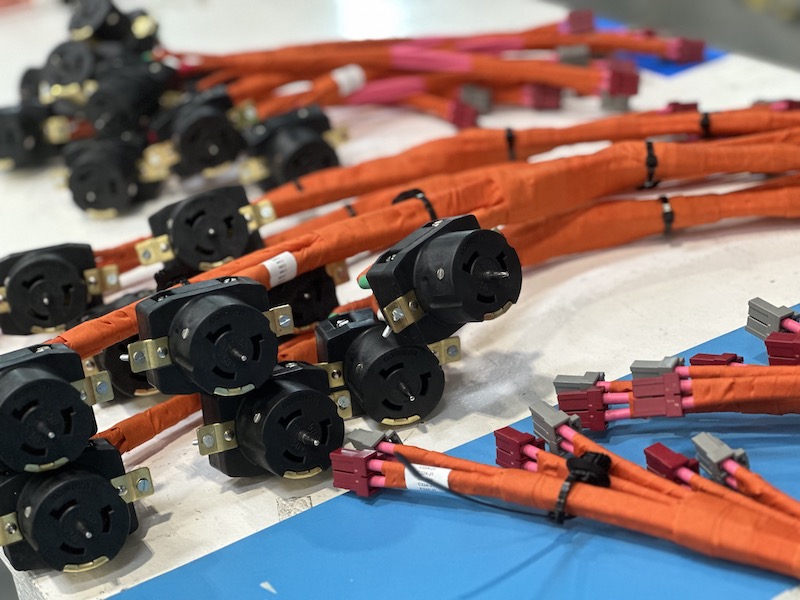
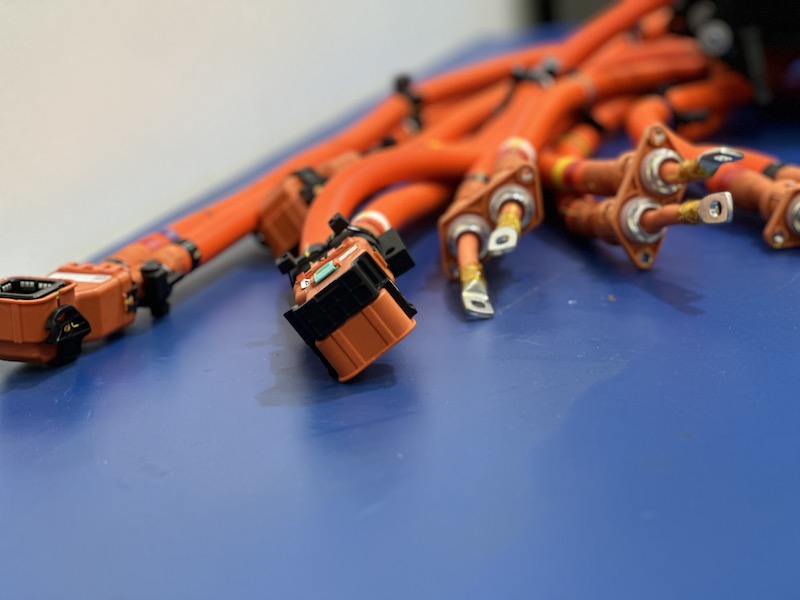
The Big Boys Come Knocking
Even in the early days, Cesar was always looking for ways to diversify his customer portfolio anywhere he could. As he looked across the street and saw a large EV manufacturer putting their name on a new facility, he vowed he would one day do business with them. Not long after, a gentleman walked through his front door with a bundle of cable. “He had a 100-foot spool of 18-gauge wire and asked if we could cut it into five-inch pieces with a quarter inch strip on each side. I gave it to one of my guys and I think it took him 15 minutes. I gave it back to the gentleman telling him there was no charge, and that it would cost me more to do the paperwork.” The gentleman thanked him, grabbed a business card and left.
Two weeks later, he got a phone call from the big EV company about an opportunity they wanted to discuss. “They had our business card and heard we were good with cables. They wanted us to rework a bunch of harnesses in their facility in order for them to build cars. There were three agencies already doing the rework. They were trying to build five cars a day and they could barely build one,” Cesar detailed. “I said, ‘yeah we can do that’ and the gentleman said they needed 30 people and asked whether we could start tomorrow. I said, ‘sure.’” Cesar stressed to his employees that this was a tremendous opportunity, but they couldn’t ignore their current customers. They would work at the EV company on day shift and at GSA on the afternoon shift. The employees too were excited to build harnesses for a household name company and agreed to the extra shift.
As luck would have it, when they arrived the next day, the company wasn’t ready for them and didn’t have enough tools. “I approached them and said, look, it’s not fair for me to be charging you to have everybody standing around, so why don’t I take my team back and just leave four to cross train and set up workstations.” The customer liked that Cesar was looking out for them, and it gave him more time to deliver on his promise. “Our team members went back the following day, and we started pulling three additional people at a time to send over there. Things really took off from there and within three months the EV manufacturer let the other three companies go and gave us the whole project.”
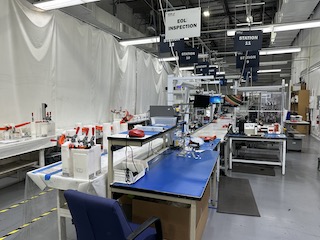
But there was more to this saga. “After a few months they said, ‘we need to clear out our second floor. Can you build these assemblies at your facility?’ And I said, ‘sure.’” They came to Cesar’s facility the next day and were dismayed he only had 1200 ft.² and insisted he would need at least 40,000 ft.². “I told them to tell me what day they wanted us to start and they said the following Monday.” Between Wednesday and Sunday, Cesar found a location and his team remodeled and moved into it. “I painted everything white, including the floors, to make it look more like 70,000 ft.². After that, they trusted us with many more projects.”
That experience was a big part of GSA’s subsequent growth. In fact, many of the new inbound opportunities GSA receives are from former engineers at the EV company who have become CEOs or COOs at other Silicon Valley startups and large companies. Cesar considers these folks a de facto sales force. “If I have $400,000 to budget for sales and marketing, I would much rather put that in a really great piece of equipment that is going to improve my quality and will bring us more results in the long term.”
Today, GSA has a 52,000 ft.² facility in Freemont, CA and a 122,000 ft.² facility in Morgan Hill, CA. They have customers in power management, medical, specialty automotive and aerospace markets. Cesar is very proud of their ability to achieve the standards expected in the space industry and rattled off all of the familiar names as trusted partners and customers. “I would say that every satellite has at least one of our components. We have been very lucky in that it typically takes three to four months to become an approved supplier in that industry. But because of the relationships we have had, for us it is three days.”
Cesar is convinced GSA’s ability to support customers’ R&D departments is the reason they have been able to diversify. It’s also a huge reason they are such a valued supplier to so many high-tech pioneers. “Since my early days, I’ve seen engineers responsible for developing a new product spending time drafting harnesses, doing the routing and even the crimping. I tell them to do what they do best, which is design their products, and let me bring them a person to do the harness.” He related a very recent incident where GSA convinced a customer to let them support a harness design. The customer had planned for a 10- to 12-month period to develop the product. Cesar and his team helped make it happen in three. This strategy typically lands GSA production run orders once the prototype is approved.
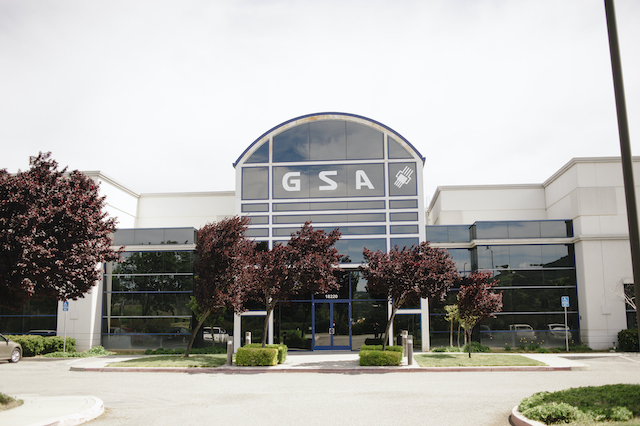
Cesar is happy about the financial resources that Auxo brings to the table, and Max is very happy they partnered with GSA. “That attitude of ‘tell me where the pain is and we will fix it’ permeates throughout the organization,” Max described. “It makes them excel at getting their customers to market faster than anybody else. Companies, particularly out in the Valley, are always trying to build a better mousetrap. GSA is just such an amazing partner and it’s why they have been so successful.”
In the November/December issue of WHN, we will be covering the broader platform of wire harness companies Auxo is assembling under the GSA umbrella. I would like to find out why they chose to direct their partnering efforts in the harness industry and how they have chosen the impressive companies they have assembled. Based on some of the conversations I have had, I think you will find the story very interesting.


















